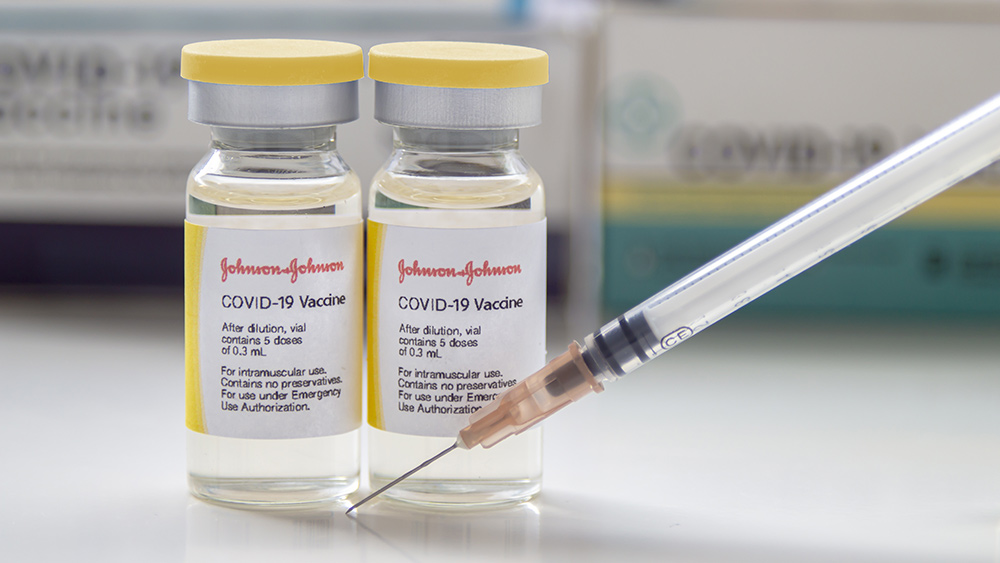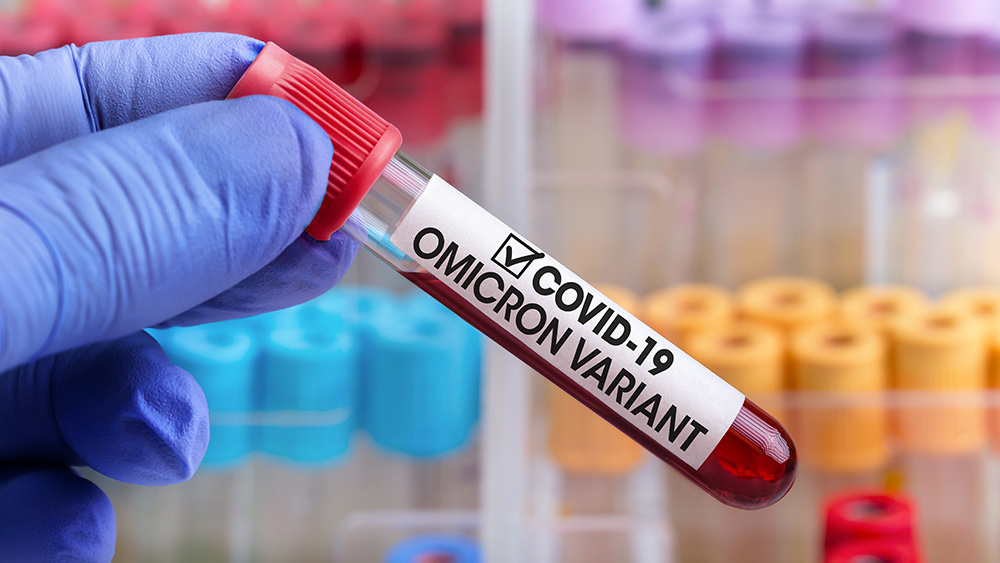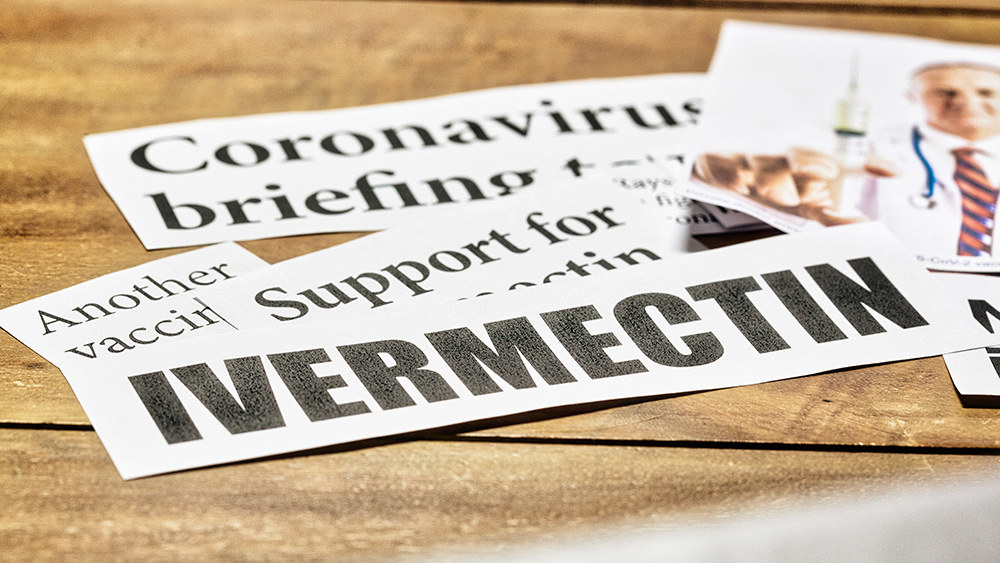Bacteria can recover precious metals from old batteries for use in new ones
07/28/2021 / By Ramon Tomey

Many countries have shifted to promoting electric vehicles (EVs) as an alternative to fossil-fuel-powered vehicles. However, the production of batteries for these EVs requires the use of precious metals, the mining operations for which are thought to cause serious harm to the environment. In response to this, a scientist has put forward the use of bacteria to recover precious metals from used batteries.
Coventry University researcher Sebastien Farnaud is proposing that bioleaching, a process that utilizes microbes that oxidize metal as part of their metabolism, can be used to recover these precious metals. He points out that the method, also known as biomining, has been used for decades in the mining industry to extract valuable metals from ores.
He added that bioleaching had been utilized in recent times to clean up and recover materials from electronic waste such as solar panels and printed circuit boards of computers. Bioleaching also saw use in materials recovery in contaminated water and uranium dumps.
Farnaud and his colleagues in the university’s Bioleaching Research Group found that all metals present in EV batteries can be recovered through bioleaching. They explained that non-toxic bacteria, such as Acidithiobacillus ferrooxidans, target and recover metals individually without the need for high temperatures or toxic chemicals. “These purified metals constitute chemical elements, and so can be recycled indefinitely into multiple supply chains,” the researchers added.
Scaling up bioleaching operations also has lower energy requirements compared to traditional battery recycling methods. The conventional methods of battery recycling utilize large amounts of energy and toxic chemicals. On the other hand, bioleaching only involves growing bacteria cultures in incubators at 37 degrees Celsius – often using carbon dioxide. This also means that using of biomining to recover metals results in less environmental pollution.
According to Farnaud, researchers working on bioleaching mainly focused on when all the electronic waste has been stripped of metal. His team took it a step further by combining bioleaching with electrochemical methods that can recover these metals suspended in solution and make them useful for supply chains.
Limitless supply of precious metals for batteries without the need to mine them
Switching to bioleaching over mining could allow the EV industry access to a steady supply of precious metals for batteries without having to be tied to countries where they’re currently being mined.
“While reducing EV battery waste, bioleaching facilities mean manufacturers can recover these precious metals locally and rely less on the few producer countries,” stated Farnaud, citing lithium, an important component of EV batteries, as an example to defend the value of bioleaching.
Lithium is an essential component of EV batteries, but it cannot be found everywhere. Most of the world’s lithium lies under the Atacama Desert in the South American nation of Chile. However, lithium mining driven by EV demand threatens the local people and ecosystems. (Related: Op-ed: Increased lithium demand for electric vehicle batteries comes with a price.)
Aside from land-based mining, deep-sea lithium is also an option – but not without its own risks. Mining for this precious metal underwater could also damage deep-sea ecosystems. Thus, EV makers now have to find a reliable source for their raw materials and keep import costs low at the same time.
On the other hand, electronic waste rich in precious metals are piling up at landfills in some of the world’s poorest regions. This is set to increase as 2.5 million tons of this kind of waste are added with each passing year. Farnaud puts forward a challenge: “Instead of mining new sources of these metals, why not reuse what’s already out there?” (Related: Could plastic bags be upcycled into parts for lithium-ion batteries?)
The researcher elaborated that most recycled batteries end up being melted have their metals extracted. However, Farnaud noted that not all of the metals used in manufacturing the batteries are recovered. Battery recycling was often done in large commercial facilities that are expensive to build and operate. These facilities also necessitated the use of sophisticated equipment to treat the harmful emissions from the smelting process.
Farnaud ultimately concluded: “Rather than remaining an afterthought, recycling can become both the beginning and end of an EV battery’s life cycle with bioleaching, producing high-quality raw materials for new batteries at low environmental cost.”
Discoveries.news has more stories about new breakthroughs in EV battery recycling.
Sources include:
Tagged Under: Acidithiobacillus ferrooxidans, battery recycling, bioleaching, biomining, electric vehicles, electronic waste, EV batteries, lithium, lithium ion batteries, Precious Metals, recycling facilities, supply chain, used batteries
RECENT NEWS & ARTICLES
COPYRIGHT © 2017 RESEARCH NEWS





















